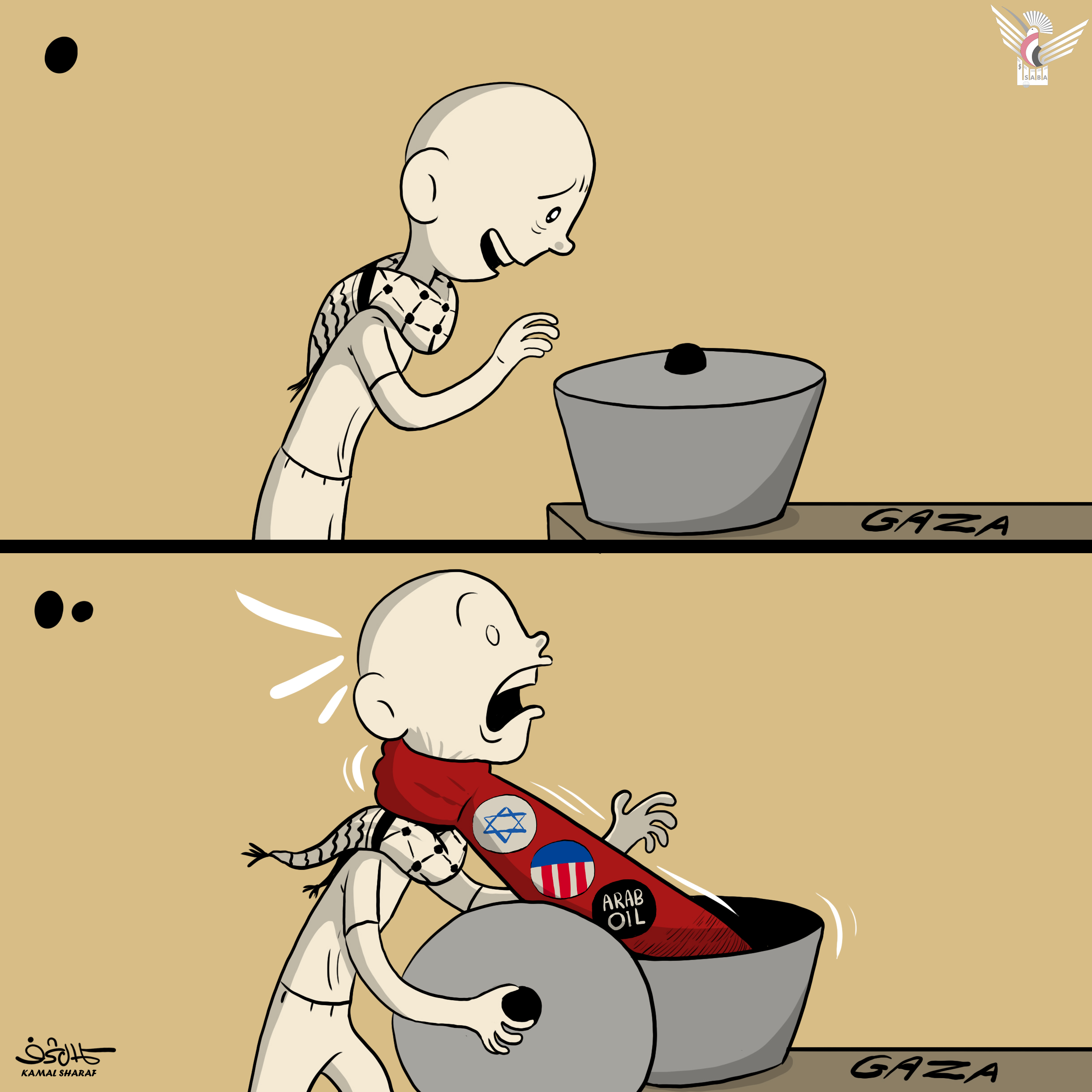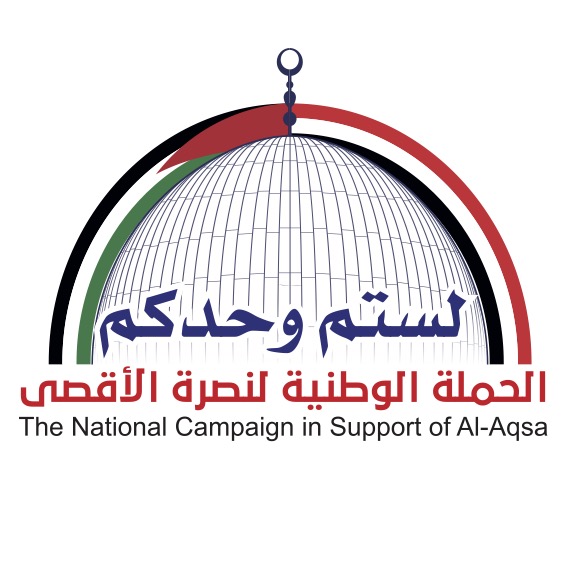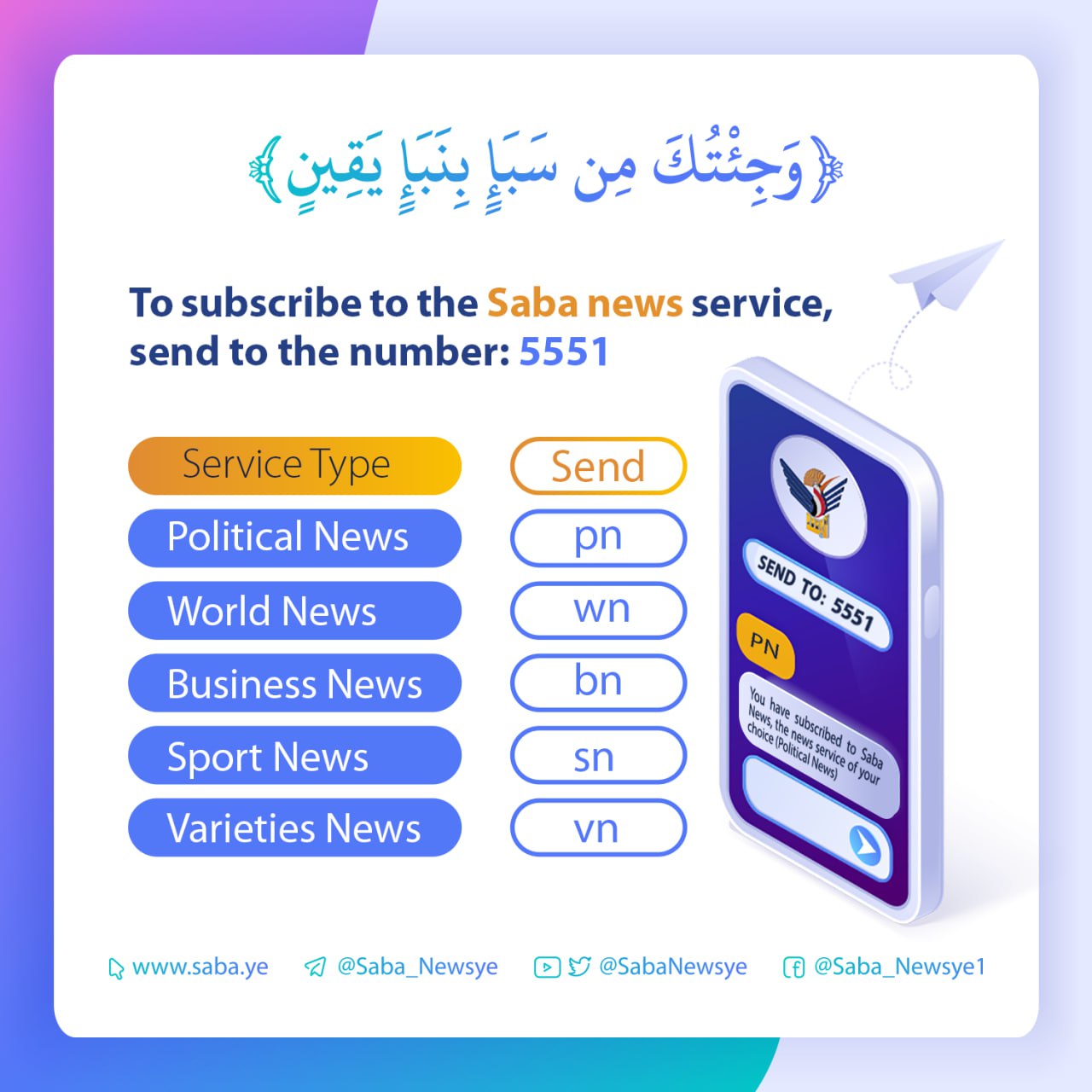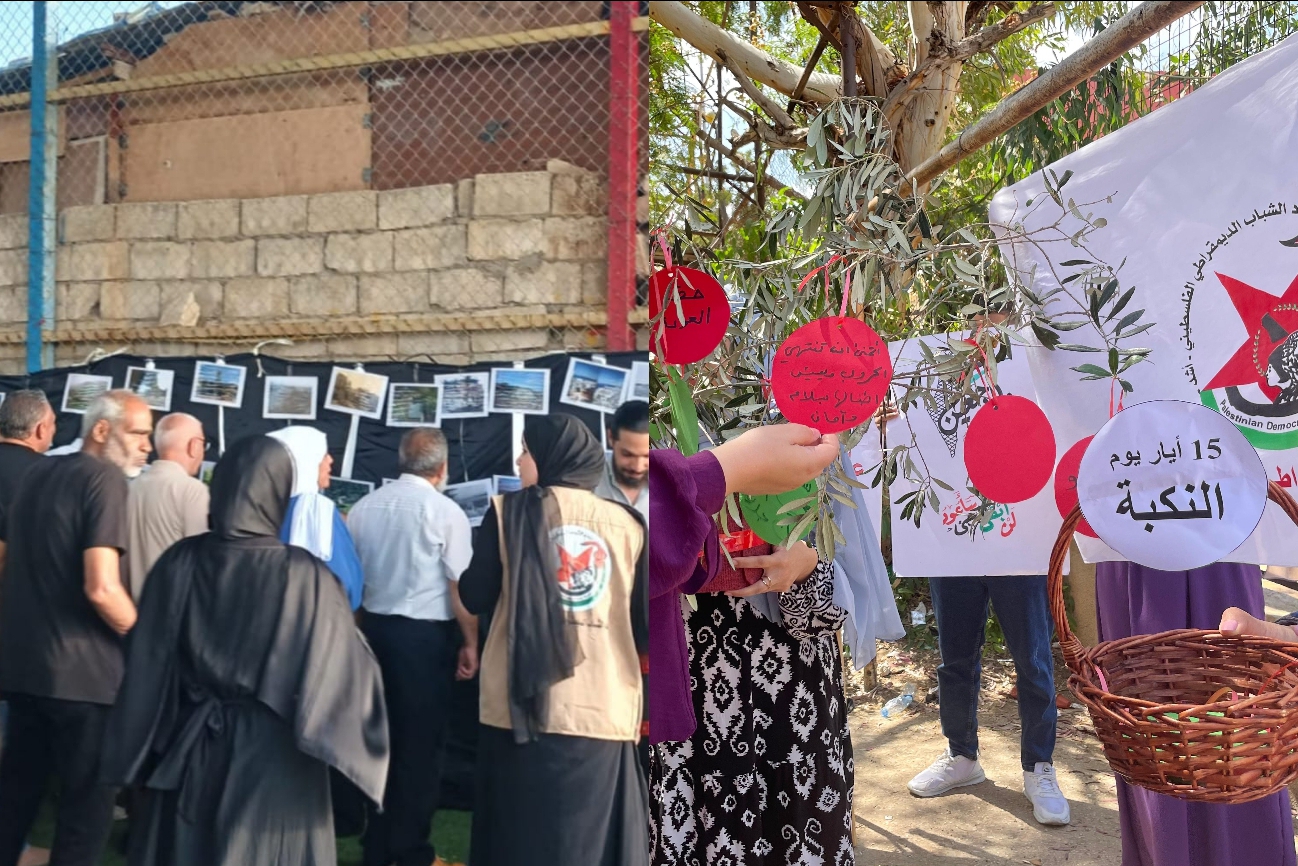South Lebanon - Saba:
The Palestinian Nakba remains alive in the memory of refugees every year—not merely as a remembrance but as an ongoing reality of displacement, uprooting, and deprivation.
As the 77th anniversary approaches of the forced expulsion of over 750,000 Palestinians from their villages and cities in 1948, youth and cultural initiatives emerge as tools of intellectual resistance, striving to preserve collective memory and reinforce concepts of identity and belonging.
According to Quds Press, Palestinian camps in Lebanon hold a unique symbolic and political significance as living witnesses to the ongoing Nakba and as spaces of cultural , social resistance against resettlement and oblivion schemes.
In Ain al-Hilweh camp in Sidon, southern Lebanon, the Palestinian Democratic Youth Union (PDYU) organized an educational cultural activity titled "Palestinian Villages and Cities Displaced in 1948," targeting youth. The event saw participation from Palestinian students and featured interactive presentations and illustrative maps detailing the history, traditions, landmarks of the displaced villages and cities.
Organizers emphasized that the activity aimed to "strengthen awareness of Palestinian national identity and connect new generations to their roots and land, countering displacement and erasure efforts," as part of the union’s broader cultural program.
Similarly, the Youth and Students Sector of the Democratic Front for the Liberation of Palestine (DFLP) held a Palestinian heritage day in the Al-Burj Al-Shamali camp in southern Lebanon. The event was attended by representatives of student and youth groups, national and Islamic factions, popular committees, and local residents.

| more of (International) |




